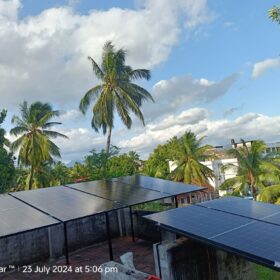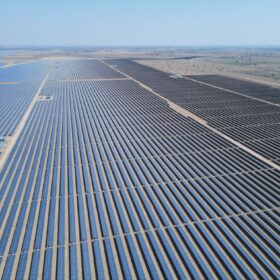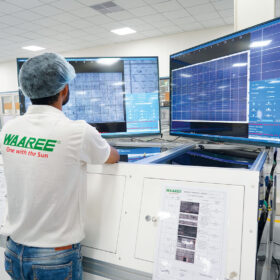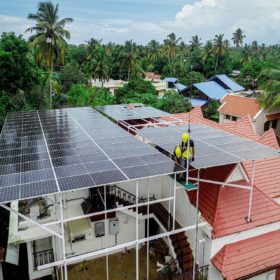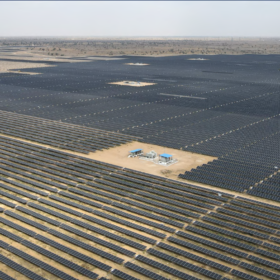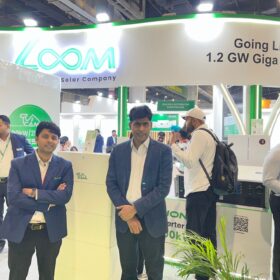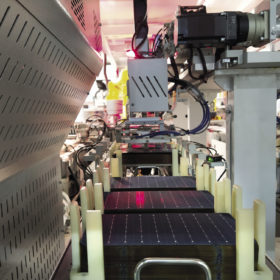PMSGY accelerates residential rooftop solar, yet supply and financing hurdles remain
Despite a nearly fourfold increase in applications between March 2024 and July 2025, only 13.1% of the target of one crore (10 million) residential rooftop solar installations had been achieved, and just 14.1% of the allocated INR 65,700 crore ($7.5 billion) in subsidies released under the PM Surya Ghar: Muft Bijli Yojana as of July 2025. Given this context, achieving the FY2027 target of 30 GW capacity remains a considerable challenge, according to a new report by IEEFA and JMK Research.
India adds ‘record’ 29.5 GW of solar capacity in first nine months of 2025: JMK Research
India added 29.5 GW of solar capacity in the first nine months of 2025, including about 22.5 GW from utility-scale, 5.8 GW rooftop, and 1166 MW offgrid installations.
Draft ALMM List-III signals India’s push for self-reliance in solar manufacturing
The draft order for the implementation of the Approved List of Models and Manufacturers (ALMM) for wafers and ingots clearly indicates the government’s commitment to advancing domestic solar PV upstream integration and bridging the capacity gap between modules, cells, and wafers. Issuing this order nearly three years before its effective date and one year before the implementation of ALMM List-II will allow solar manufacturers to plan for wafer capacity alongside their upcoming cell capacities.
India installed record 21.9 GW of solar and wind capacity in H1 2025: JMK Research
The nation added 18.3 GW of solar capacity and around 3.5 GW of wind capacity during the Jan.–June period of 2025, according to JMK Research.
Waaree Energies leads solar module shipments in India in Q1 2025: JMK Report
Waaree Energies contributed around 17.3% of total solar module shipments in India in Jan-March period of 2025, according to the latest JMK Research report.
In India, ISTS connected green open access market to add 40 GW capacity by 2030
The Inter-State Transmission System (ISTS) could achieve a green open access (OA) capacity of around 40 GW by 2030, provided that transmission bottlenecks are resolved, and no other significant obstacles emerge. This will represent approximately one-third of green OA capacity in India by 2030.
India’s solar PV module exports soared 23 times between FY 2022 and FY 2024
The nation can potentially replace Southeast Asia countries as a top solar PV product exporter to the US, according to a joint report by IEEFA and JMK Research.
India added ‘record’ 17.4 GW solar in first nine months of 2024, says JMK Research
India installed about 17.4 GW of solar capacity from January to September 2024. This included about 13.2 GW from utility-scale PV installations, 3.2 GW rooftop projects and 1 GW offgrid/distributed PV capacity.
PM Surya Ghar Yojana: A game changer for residential rooftop solar uptake in India
Pradhan Mantri Surya Ghar Yojana has attracted 13 million registrations and 1.8 million applications in first six months of its launch, leading to about 1.8 GW of new residential rooftop solar installation.
JMK expects India to add 21.5 GW of solar this year
India is expected to install 16.5 GW of solar from utility-scale installations, 4 GW rooftop and another 1 GW from off grid component in 2024.
